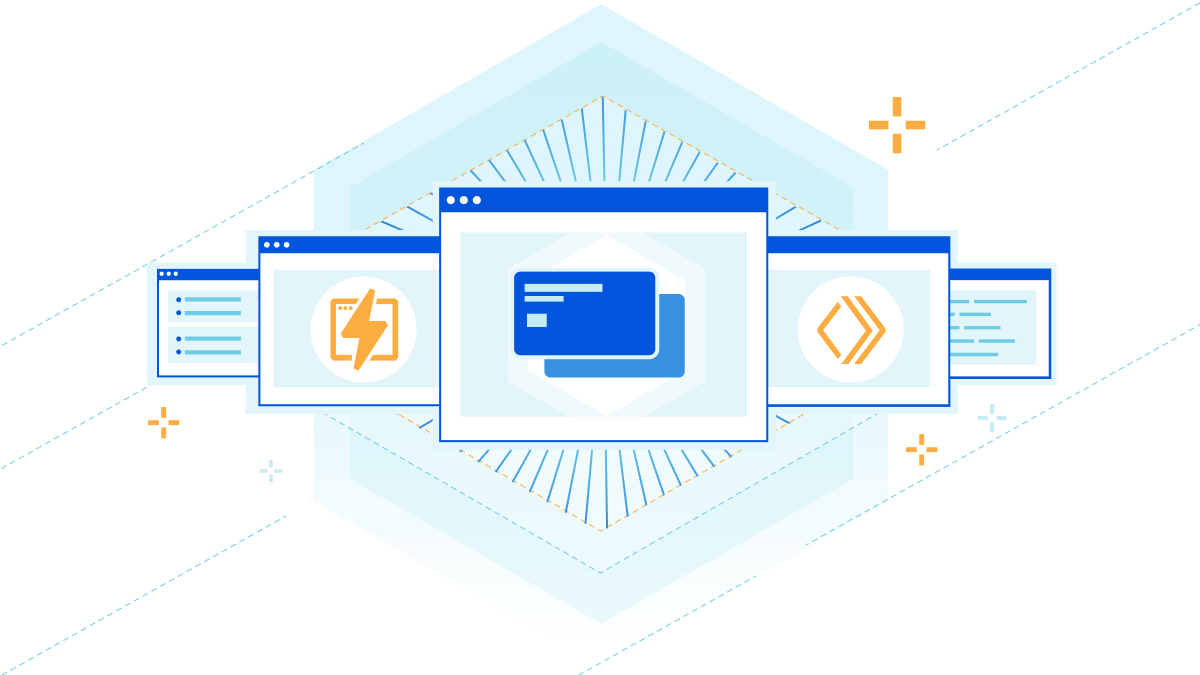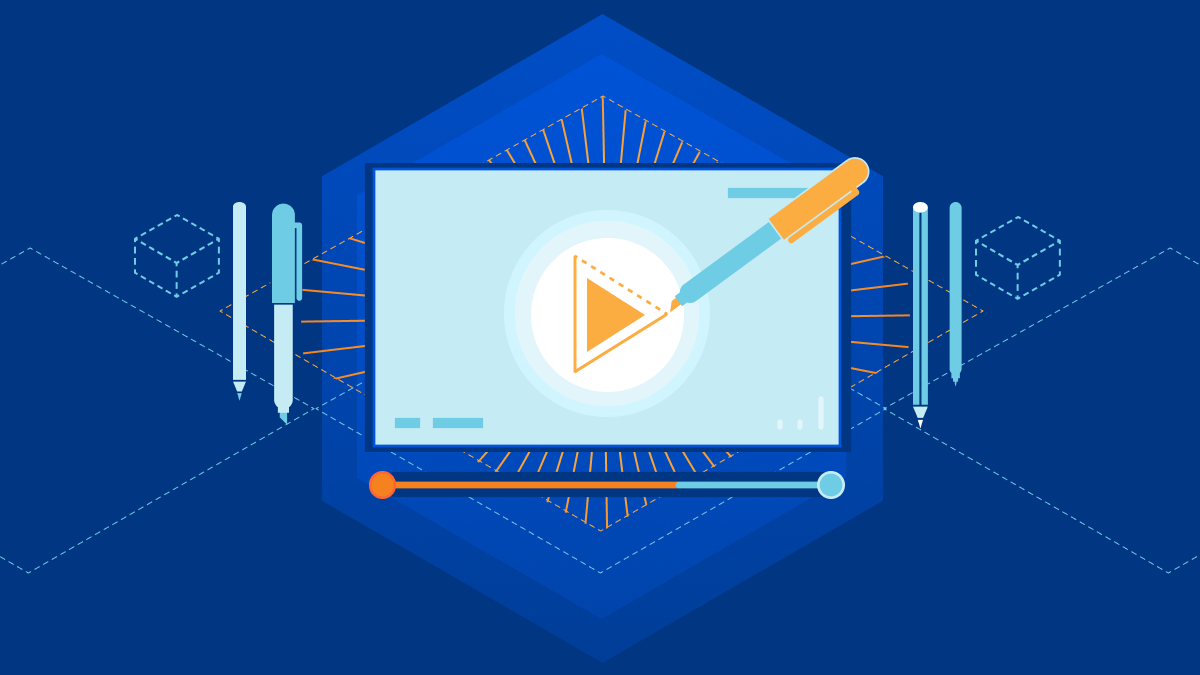VMware Wins Best Network Detection and Response Award From SE Labs
After months of in-depth testing by SE Labs across a vast spectrum of security products, VMware is honored to receive the 2021 Best Network Detection and Response award. This award comes on the heels of the announcement earlier this year that SE Labs awarded the industry’s first NDR AAA rating to VMware NSX Network Detection and Response (NDR).
According to the U.K. based independent testing lab, each of the award winners has demonstrated its excellence in its category. SE Labs bases their conclusions on a combination of continual public testing, private assessments and feedback from corporate clients who use SE Labs to help choose security products and services.
The efficacy of VMware NSX NDR is clear, proving 100 percent protection across multi-cloud environments from four major advanced and persistent threats (APT) groups—including FIN7&Carbanak, OilRig, APT3 and APT29—while returning zero false positives. This ability allows security operations teams to rapidly detect malicious activity and stop the lateral movement of threats inside the network.

A Sea Change in Independent Security Testing
This award and AAA rating from SE Labs is the first in the industry. It is well-known that today’s attackers continually evolve and chain together an ever increasingly complex chain of events. These techniques, tactics and procedures occur across networks and often traverse and bypass traditional security tools like firewalls and antivirus. As our understanding of attacker’s behaviors evolve, so must our engineering and Continue reading








